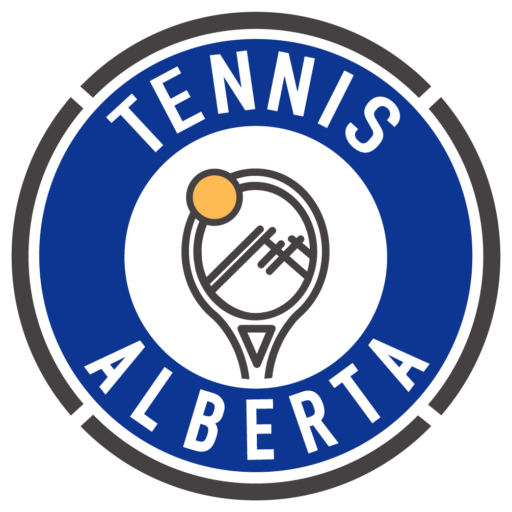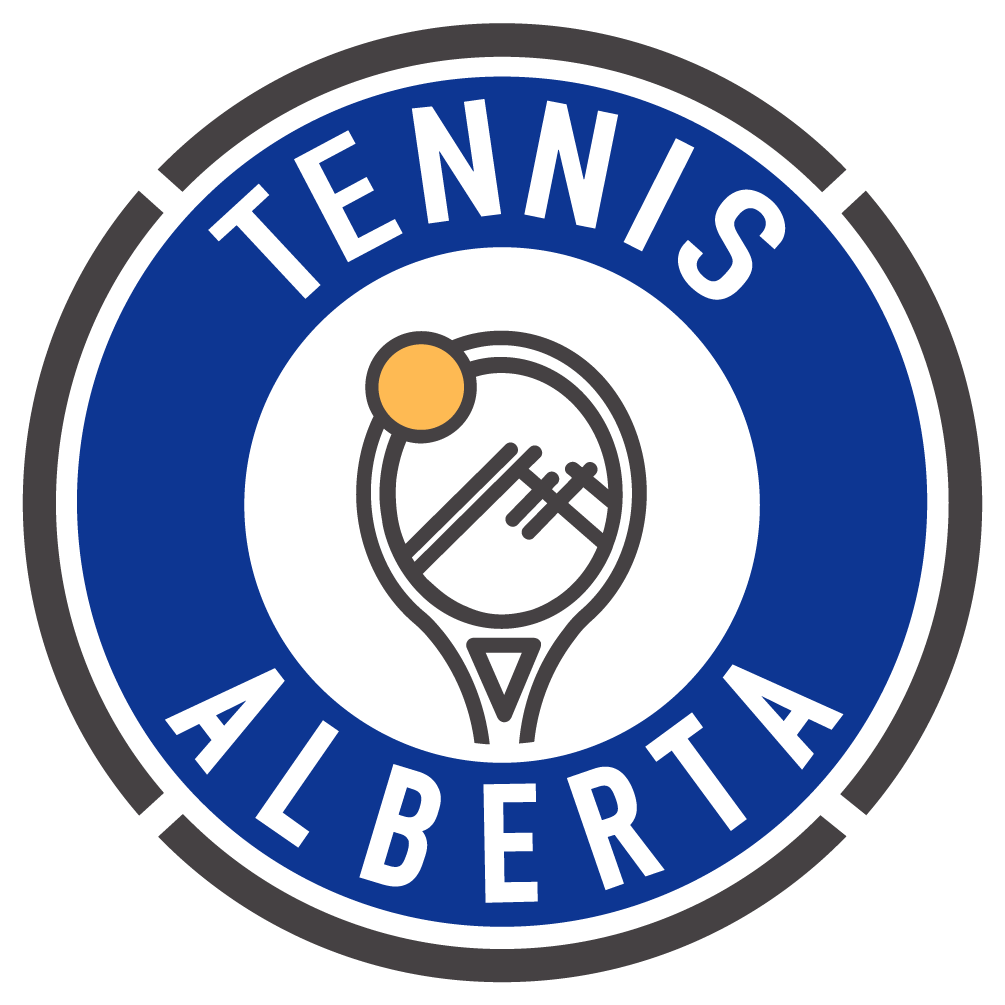If you are interested in getting involved with Wheelchair Tennis please contact Wheelchair Sports Alberta for information on where you can play and who to contact. For more information on wheelchair sports, Bridging the Gap is another great site to be aware of!
HOW TO PLAY WHEELCHAIR TENNIS
The game of wheelchair tennis follows the same rules as able-bodied tennis as endorsed by the ITF except that the wheelchair tennis player is allowed two bounces of the ball. The player must return the ball before it hits the ground a third time. The wheelchair is part of the body and all applicable ITF rules that apply to a player’s body shall apply to the wheelchair.
THE COMPETITIVE WHEELCHAIR TENNIS PLAYER
In order to be eligible to compete in sanctioned ITF wheelchair tennis tournaments and the Paraolympic Games, a player must have a medically diagnosed permanent mobility-related physical disability. This permanent physical disability must result in a substantial loss of function in one or both lower extremities. Players must meet one of the following minimum eligibility criteria:
A neurological deficit at the S1 level or rostral, associated with loss of motor function
Ankylosis and/or severe arthrosis and/or joint replacement of the hip, knee or upper ankle joints
Amputation of any lower extremity joint rostral to the metatarsophalangeal joint
A player with functional disabilities in one or both lower extremities equivalent to the above
A quad player must meet the criteria for permanent physical disability as defined above. In addition, the player must have a permanent physical disability that results in a substantial loss of function in one or both upper extremities. Quad players must meet one of the following minimum eligibility criteria:
- A neurological deficit at the C8 level or rostral, with associated loss of motor function
- Upper extremity amputation
- Upper extremity phocomelia
- Upper extremity myopathy or muscular dystrophy
- A player with functional disabilities in one or both upper extremities equivalent to the above
Any questions or appeal as to a player’s eligibility to participate under this rule will be decided under the procedures listed in Appendix A in the Eligibility Criteria of the ITF Rules.
THE SERVICE
The served ball may, after hitting the ground in the service court, hit the ground once again within the bounds of the court or it may hit the ground outside the court boundaries before the receiver returns it.
The service shall be delivered in the following manner. Immediately before commencing to serve, the server shall be in a stationary position. The server shall then be allowed one push before striking the ball.
The server shall throughout the delivery of the service not touch with any wheel, any area other than that behind the baseline within the imaginary extension of the centre mark and sideline.
If conventional methods for the service are physically impossible for a quadriplegic player, then the player or an individual may drop the ball for such a player. However, the same method of serving must be used each time.
THE BALL IN PLAY
The ball is in play until the point is decided. The ball must be returned into the opponent’s court prior to it touching the ground a third time. The second bounce can be either in or out of the court boundaries.
PLAYER LOSES POINT
A player loses a point if:
- He fails to return the ball before it has touched the ground three times.
- He uses any part of his feet or lower extremities as brakes or as stabilizers while delivering service, stroking a ball, turning or stopping against the ground or against any wheel while the ball is in play.
- He fails to keep one buttock in contact with his wheelchair seat when contacting the ball.
WHEELCHAIR/ABLE-BODIED TENNIS
Where a wheelchair player is playing with or against an able-bodied person in singles or in doubles, the rules of wheelchair tennis shall apply for the wheelchair player while the rules of tennis for able-bodied tennis shall apply for the able-bodied player. In this instance, the wheelchair player is allowed two bounces while the able-bodied player is allowed only one bounce.
Note: The definition of lower extremities is the lower limb, including the buttocks, hip, thigh, leg, ankle and foot.


